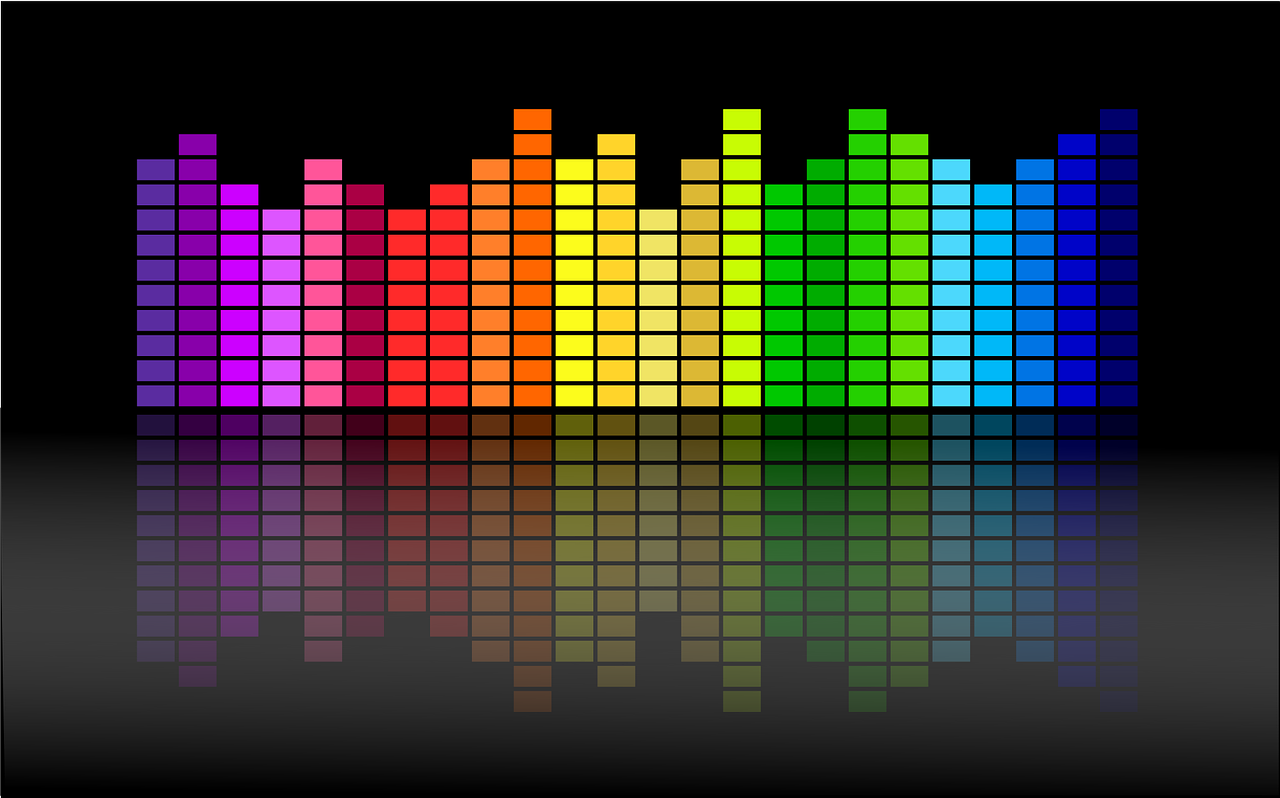I’ve admitted to being a TikTok addict publicly, and one of the types of content that TikTok’s algorithm will periodically pop up for me is that of digital sounds that allegedly “do something.” If I listen, I will purportedly relax, feel less stress or perhaps experience something else. I haven’t really paid much attention to these, and have usually just scrolled on by. But a recent news story has made me wonder if there’s something to these. Are “digital drugs” a real thing? As it turns out…yes.
- People Are Experimenting With ‘Digital Drugs’ Delivered Via Sound… And It’s Weird [Science Alert] “The phenomenon of binaural beats itself isn’t new, first appearing in the literature as far back as the mid-19th century. But thanks to the ease with which people can now spin a trippy tempo made of conflicting frequencies and share them online, binaural beats are becoming an increasingly popular art form.”
- What are ‘binaural beats’ and do they affect our brain? [The Conversation] “The perceptual auditory illusion created by binaural beats occurs when two pure tones of slightly different frequencies are presented to each ear. These two tones are then processed within our brains to sound like a third frequency. This third frequency is thought to produce a range of effects, including relaxation and attentiveness.”
- I tried getting high on binaural beats so you don’t have to [The Spinoff] “While I never got high, the hours of listening to low and throbbing frequencies were fantastic for productivity. I don’t know if it was because my mind was desperate to throw itself at anything else, or if I’d tapped into some kind of gamma-wave megamind mode. I renewed my car rego, did all my homework, cut down my Nutri-Grain intake and started running 5k every day.”
- People Are Seeking ‘Altered States’ With ‘Digital Drugs,’ Says New Study [Newsweek] “They found that out of the 30,000 individuals surveyed from 22 countries, about five percent reported listening to binaural beats at least once this year. Most of these users were in their late teens or early twenties.”
From the Ohio Web Library:
- The Efficacy of Binaural Beats as a Stress-buffering Technique (Kelton, K., Weaver, T. L., Willoughby, L., Kaufman, D., & Santowski, A. (2021). The Efficacy of Binaural Beats as a Stress-buffering Technique. Alternative Therapies in Health & Medicine, 27(4), 28–33.)
- Beat Anxiety With Sound (CHENOWETH, H. (2021). Beat Anxiety With Sound. (cover story). Prevention, 73(3), 28.)
- Healthcare Performance and the Effects of the Binaural Beats on Human Blood Pressure and Heart Rate (Carter, C. (2008). Healthcare Performance and the Effects of the Binaural Beats on Human Blood Pressure and Heart Rate. Journal of Hospital Marketing & Public Relations, 18(2), 213–219.)


